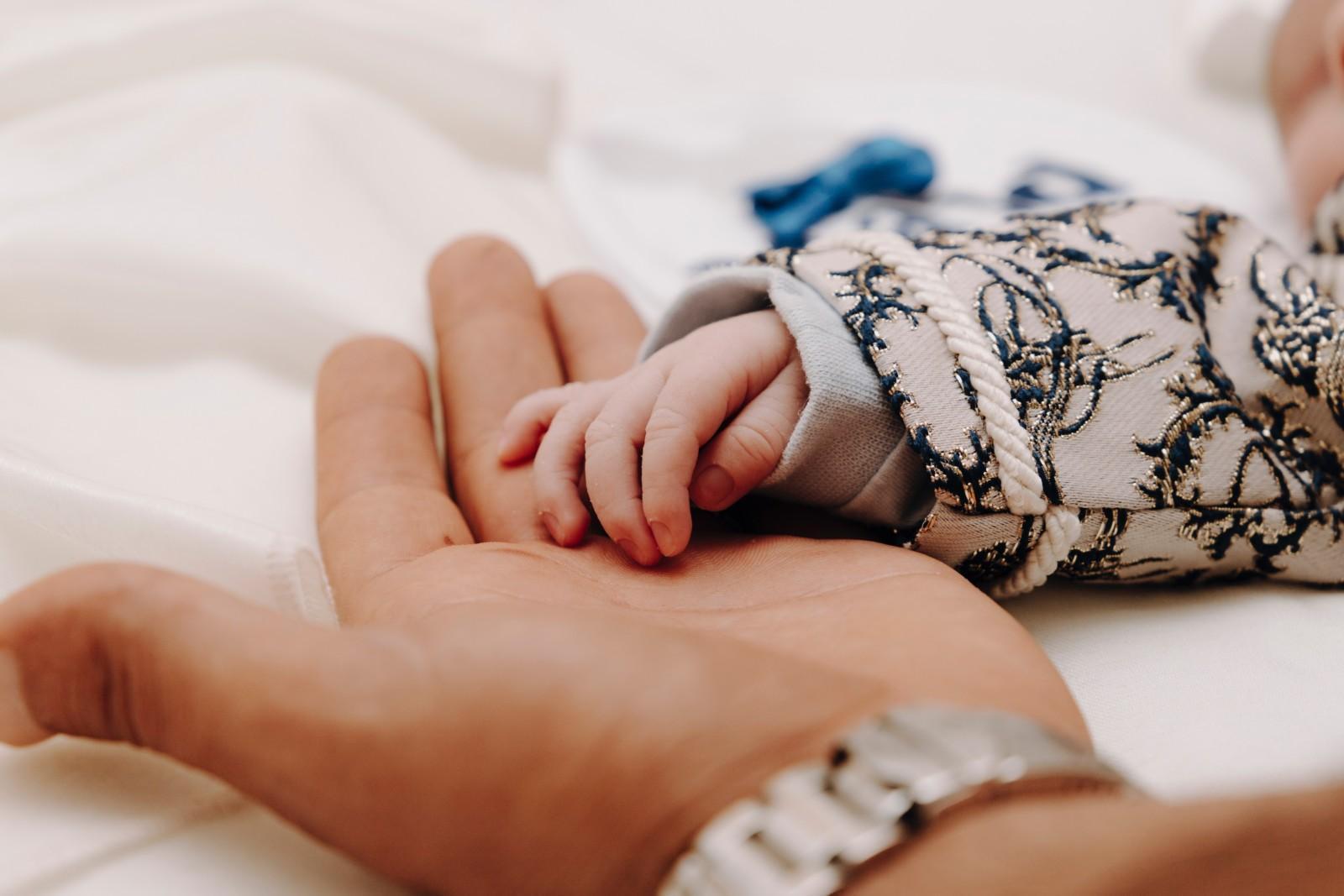
Originally published in the magazine Insinööri on 10 February 2022
Text: Matti Andström, Legal Counsel at the Union of Professional Engineers in Finland and Legal Adviser at YTN
Photo: Seif Eddin Khayat, Unsplash
Family leave refers to the whole of maternity leave, special maternity leave, paternity leave, parental leave and child care leave. The new system will also introduce new terminology.
The Employment Contracts Act provides for the employee’s right to take family leave from work and the Health Insurance Act provides for the benefits paid to the employee during the leave. The law does not provide for the employer’s obligation to pay the employee a salary during the leave period; instead, the payment is mostly based on the provisions of collective agreements.
According to the current Employment Contracts Act, an employee has the right to be on leave from work for the periods they receive maternity, special maternity, paternity and parental benefits referred to in the Health Insurance Act from work.
According to the Health Insurance Act, maternity benefit is paid for 105 working days and paternity benefit for a total of 54 working days. During the maternity and parental benefit period, paternity benefit is paid for a maximum of 18 working days.
Parental benefit is paid for 158 working days immediately after the end of the maternity benefit period. The child care leave is available to the parents and guardians until the child reaches the age of three.
More equality in working life
The family leave reform will take effect in August 2022. The purpose of the reform is to increase equality in working life and between parents, and to take better account of different forms of family than is currently the case.
According to the preliminary work of the legislation, the reform aims to share care responsibilities more evenly within families and to reduce the gender pay gap. The aim is to implement the reform in such a way that it takes everyone into account equally.
The new system mainly concerns children whose expected date of birth is 4 September 2022 or later.
The new family leave system will provide pregnancy allowances and parental benefits and leave corresponding to these periods.
The pregnancy allowance replaces the existing maternity benefit and is paid to the pregnant parent. Parents cannot split the pregnancy allowance. The benefit period begins, at the earliest, 30 working days and, at the latest, 14 working days before the expected date of birth.
Pregnancy allowance is paid for 40 working days, including Saturdays.
Midweek holidays are not counted as weekdays. The Employment Contracts Act changes the name of the maternity leave to pregnancy leave.
A relief for those expecting under difficult circumstances
The current special maternity allowance will be replaced by a special pregnancy allowance. A special pregnancy allowance is paid if the parent giving birth has to be absent from work before the right to the actual pregnancy allowance commences because they would be exposed to chemical substances, radiation or an infectious disease in the course of their work.
A special pregnancy allowance is paid if the above-mentioned risks are unavoidable and the employer is unable to arrange other work during the pregnancy.
A special pregnancy allowance is paid until the period of the actual pregnancy allowance begins and it does not reduce the number of days of the pregnancy allowance.
Equal parental leave
In the future, parental benefit will be paid for a total of 320 working days per child. Both parents have at their disposal 160 benefit days of which 0–63 days can be handed over to the other parent, a spouse who is not the parent of the child, the spouse of the child’s other parent or the other guardian of the child.
A spouse refers to a marriage partner or live-in partner and a registered partner. The child’s parent who is the child’s guardian is entitled to parental benefit.
All children’s parents have the same right to the benefit regardless of gender or whether they are a biological or adoptive parent.
Child care leave will largely remain unchanged. You can continue to receive child care leave to care for your child or another child living in the same household until the child reaches the age of three.
Child care leave may be taken for a maximum of two periods of at least one month, unless otherwise agreed with the employer.
Child care leave is only given to one parent or guardian at a time. However, during the pregnancy or parental leave, one of the parents or guardians may take one period of parental leave.
New ways of caring for relatives
In connection with the family leave reform, to the Employment Contracts Act is added a new free form of leave – the carer’s leave. In the future, an employee is entitled to a maximum of five working days per calendar year off from work in order to provide personal assistance or support to a close relative or a loved one living in the same household. This requires that a close relative or loved one requires the employee’s immediate presence due to an illness or serious injury.
The entitlement to the carer’s leave also applies in situations where the employee participates in the palliative care of a close relative or loved one.
In the Act, a relative refers to an employee’s child, parent, spouse, live-in partner and a person in a registered partnership with the employee.
The employer must be informed as soon as possible of the carer’s leave and, upon request, be presented with a credible explanation of the reason for the absence.
The employer does not have an obligation to pay the employee wages during the carer’s leave. The leave can be taken as whole working days in several periods.
Family leave must reflect the current needs. Get to know YTN’s negotiations objectives. #sopivastiontarpeeksi #sopivasti
